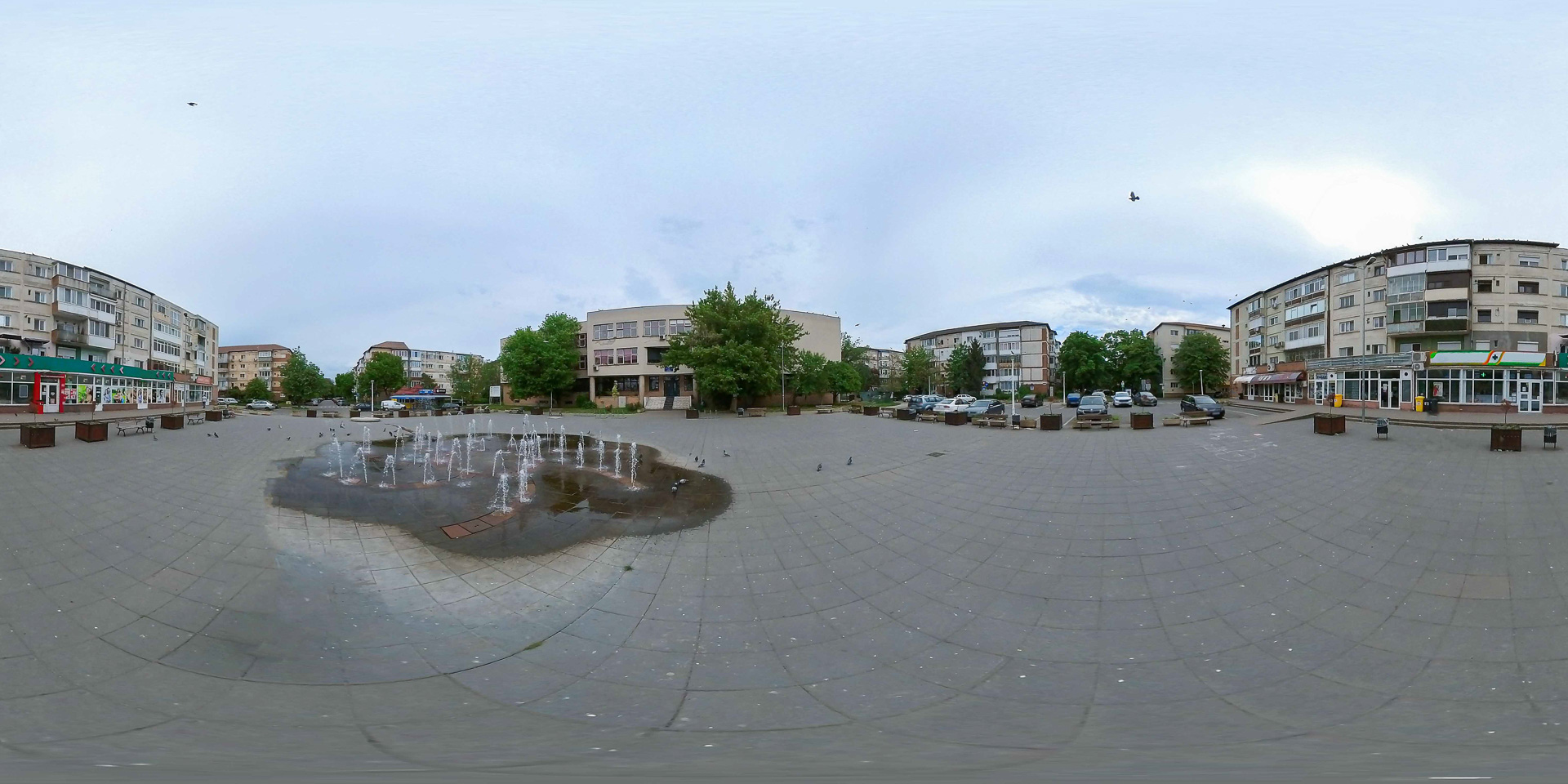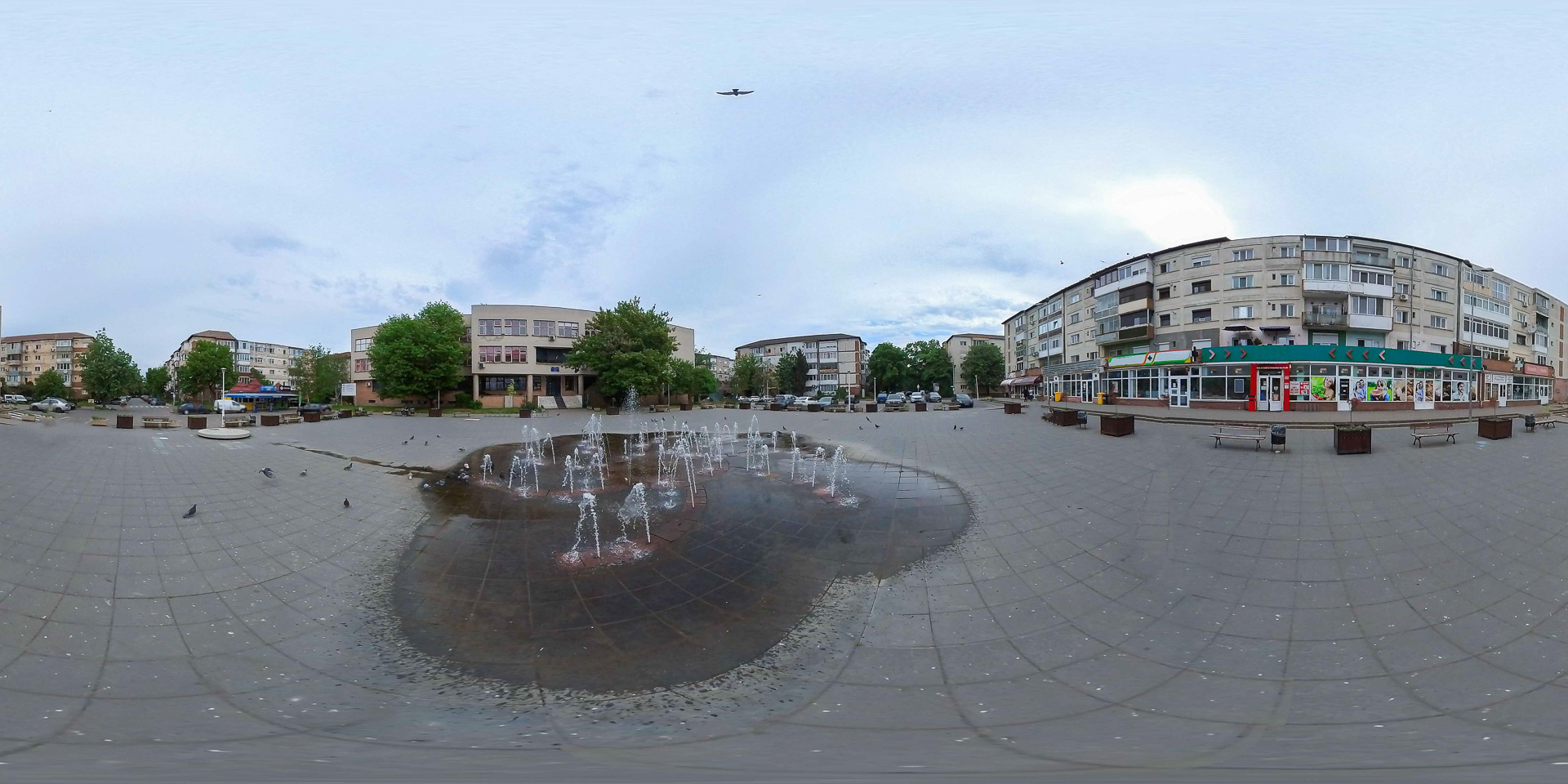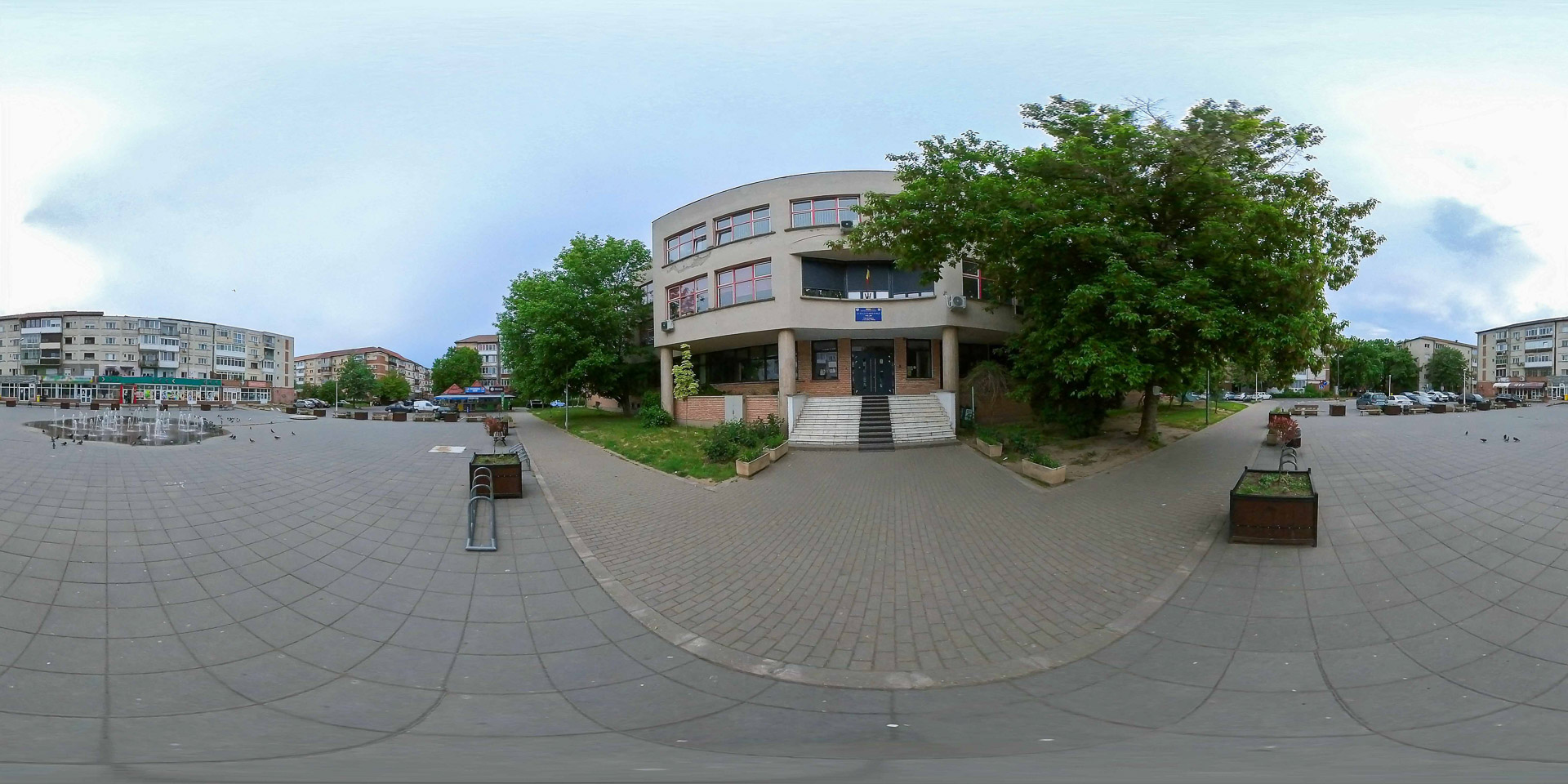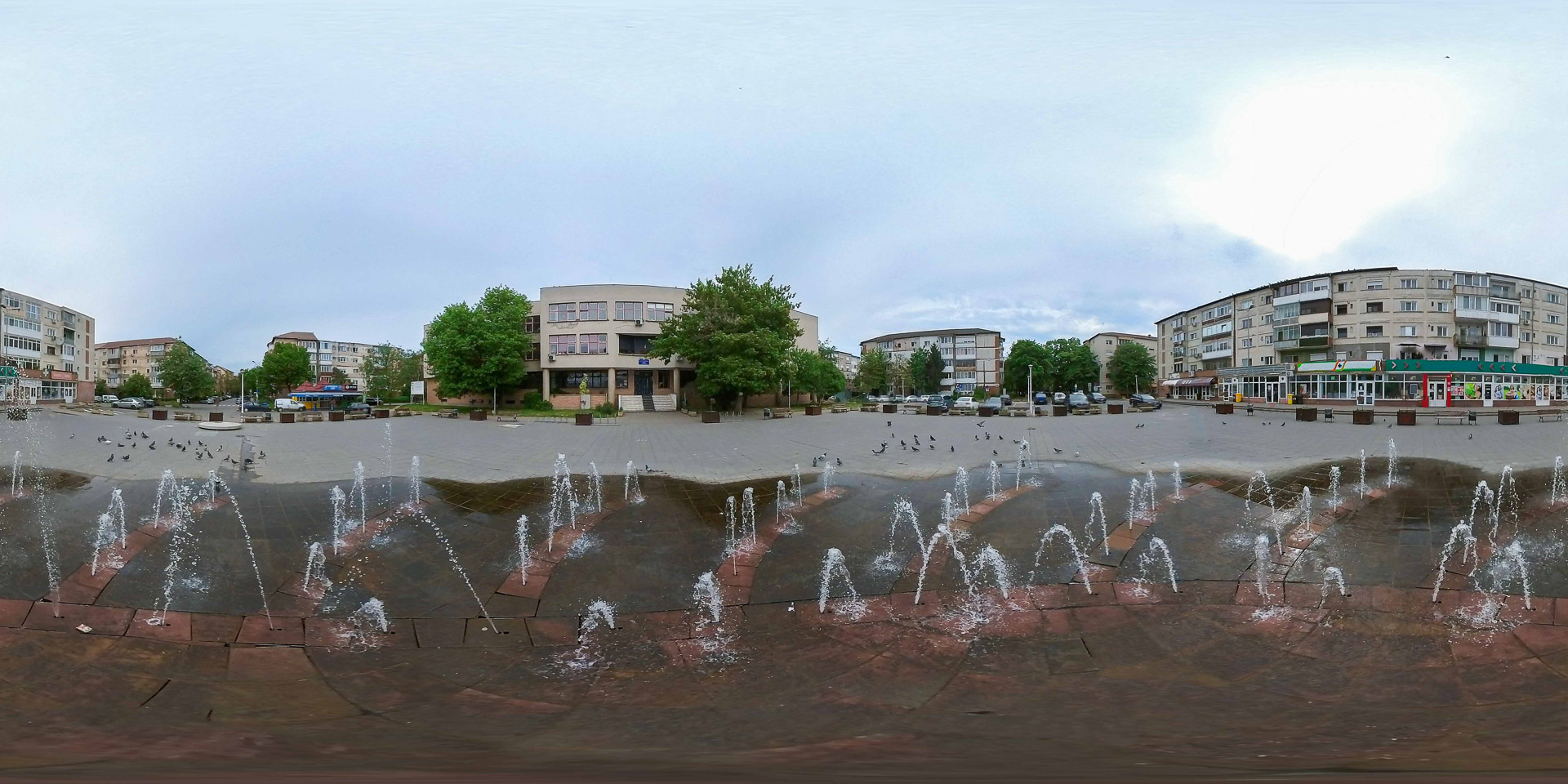The Soarelui neighborhood is the result of an extensive program of housing construction from large prefabricated panels during the communist regime.
Listen to the audio version.
At the beginning of the 60s of the 20th century, the communist regime started an extensive housing construction program in the new bedroom neighborhoods of Timișoara, composed of four, eight or ten-story apartment blocks, made of large prefabricated panels.
According to the opinions of the architect Mihai Opriș, on the eve of the Revolution of December 1989, more than two thirds of the population of Timisoara lived in such blocks.
In 1964, the Tipografilor neighborhood was built, then the one in Calea Șagului, Circumvalațiiunii, Calea Aradului, Calea Lipovei, Torontal, Matei Basarab, Girocului, Soarelui, Modern, Dâmbovița. These are neighborhoods with tens of thousands of homes, distributed free of charge to working people or purchased as service homes by the many businesses and factories in Timișoara or sold as personal property through the institution O.C.L.P.P. In many neighborhoods, the functional facilities necessary for a residential neighborhood were absent.
The totalitarian regime emphasized the quantity and the realization of a large number of constructions with different degrees of comfort, their quality being mediocre in many cases.
Mihai Opris, Timișoara. Small urban monograph, Technical Publishing House, Bucharest, 1987
Mihai Opriș, Mihai Botescu, Historical Architecture from Timișoara, Tempus Publishing House, Timișoara, 2014
https://www.hartablocuri.ro/istoria-blocurilor/#comuniste
https://www.filmedocumentare.com/viata-in-blocurile-comuniste/
https://www.vice.com/ro/article/wxeg7q/viata-la-bloc-in-anii-80-ai-comunismului-ceausist
Soarelui neighborhood – a bedroom neighborhood, schools
Listen to the audio version.
I spent about ten years of my life as a teacher. First, at the school on Moise Nicoară, a street that stretched all the way to Bega, near the bridge at Prințul Turcesc. The "old" school building, as we called it, belonged to the church. Next to it another one was built, the "new" one. I had come here straight from college, as class leader. As I was the youngest, I was quickly put in charge of the pioneers. I was in charge of the "visual propaganda". In the school, painted in the style of the time, with walls that imitated marble or wood, we created a small revolution: we introduced sunny colours, fresh orange, white... The school was transformed. It had a youthful, refreshing air, I was invited to the city principals' meetings to talk about "the role of visual propaganda in education". I was not a little surprised when, instead of extolling the values of ideological education, resorting to the wooden language of the time, I showed how important the environment we create around us is, how the false marble we cover the walls with subliminally induces children to lie, how school performance is dependent on the fresh atmosphere of the colours around us. It was the 1980s.
A few years later, I moved to Circumvalatunii, to the 18th Primary School. Then, after 90, I left the education system. Signs appeared that I liked even less.
(Excerpt from End days and other days. Pages of (pseudo)correspondence. 19 June - 19 December 2015, handwritten volume by Sorina Jecza)
In the world of imagination
by Maria Preian, 5th grade
Secondary School Jimbolia
- Antonia, wake up! cries mom.
- Okay, in five minutes!
- No, now!
- Off.... well!
It was Monday and it was Antonia's birthday. The girl had forgotten that today was her birthday, so she went into the living room without emotion, she was just tired.
- Happy Birthday! many voices were heard, there were invitations.
- Wow! Antonia gets excited;
Each child gave Antonia her present, and then it was her mother's turn to give her a silver amulet with a gemstone and a large green dragon.
- Oh mom, thank you! said Antonia;
On the back of the amulet was written a short little song. Antonia began to sing it, and a violet light came from the hall.
As she approached the mirror reflecting the light, Antonia saw a portal. She couldn't help herself, she jumped in and spun around.
After waiting for a while, Antonia fell on a green meadow full of flowers and trees.
- Wow, what is this place!?
- It is the land of imagination! said a chirpy voice.
- How? Who is it?
- It's me, Carly, a fairy!
- Oh, hi, Carly. I'm Antonia.
- In-your-ass! Said the little fairy in syllables.
- From what I noticed, you got here with the help of the amulet, right? Carly asks.
- Yes!
- And it's great that you came!
- How? Antonia said puzzled.
- Yes, you can, but that's not the point, you have to help us!
- But with what?
- Well, let me explain. A long time ago, a wizard trapped my sister in a cave, and you have to break the amulet to get the dragon out, free my sister, and get out.
Then the amulet opened a new portal and took her, by mistake, to the city where she lived, Timisoara, but not in the present, but in the past, in 1900. Antonia saw a familiar person: it was her grandmother at the age of 16.
Then the amulet teleported her further back in time, when Timisoara was invaded by the Ottomans. Antonia freaked, and stepped back into the portal. "Oh, that was weird," the girl thought to herself. Then she was back in the Land of Imagination.
- See what happens if you tell on my amulet! Antonia said scared.
- Well it's not my fault, it's the dragon's fault, said the fairy.
- Anyway, what should we do? asks Antonia.
- We have to go into the underworld and go through a maze.
- Is that all? Nothing.
- It's not that easy, you know.
- What do you mean?
- Again we have to go through portals and you never know where they take you.
- Oh yes! It does seem really hard, you know!
- All right, let's get going, we've got a long way to go.
The two friends set out on the long journey. On this journey they gathered several friends: an elf, a fairy, a butterfly lady, a centaur and three unicorns.
Together they went through the underground tunnels of the earth, they managed not to get stuck in the labyrinth, but they had one more obstacle to cross, the Wicked Fairy with an ogre, but suddenly, Carly had a vision.
- Friends, wait a moment, don't attack! said the fairy.
- Good! they all said at once.
Carly took a very close look at the ogre and the Evil Fairy, then unexpectedly flies in front of Antonia, snatches the necklace from around her neck, then throws it at some bad guys and ... breaks it. From inside the amulet comes green smoke that turns into a huge dragon that immediately confronts the ogre and the Evil Fairy.
Once they have been defeated, the dragon melts the bars of the room where Carly's sister is kept, but the wizard locks them in the enchanted prison too.
In the evening, when the wizard and the dragon left for their lair, the portal appeared again in the small prison. Antonia took her heart in her teeth and went in, remembering that she might reach Timisoara at the time of the fight with the Turks.
Done and done. When he got here, the battle was still going on and just then he stepped on a sword. She took it with her and with its help they managed to get out of the prison, defeat the sorcerer and make it home safely, but also with an ancient souvenir.
The end!




















